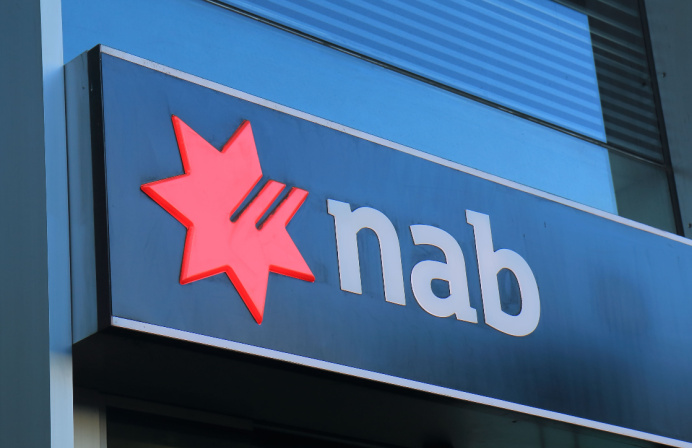
Customer payments made through Westpac will be subject to additional scam and fraud checks, with the bank announcing it has deployed a new real-time detection system to flag suspicious payments before they are processed.
The new system immediately alerts branch staff to suspect payments or high-risk payees during the transaction processing phase, providing “on-the-spot” identification and investigation of suspicious transactions, thereby protecting customers before funds are sent and potentially lost.
Should a suspect transaction be identified by the system, Westpac staff will be prompted with an alert and then a series of questions to determine whether to pause the payment for further investigation or decline it outright.
Commenting on the roll out, Westpac chief customer engagement officer, Ross Miller said the new system will serve to enhance the bank’s scam and fraud detection capabilities across all customer channels, “whether using our online and mobile banking services, making online purchases, or transacting in our branches.”
“While we can’t stop every loss, this is another layer in the net to help catch high-risk transactions by using the latest real-time technology to analyse the transaction and detect potential scams or fraudulent activity,” Miller said.
Westpac said that, in addition to enhanced staff training across its branch network, it has also established a full-time Scam Assist team to support scam detection and prevention of suspect transactions.
Last year, Australia’s big four banks reported more than $236 million in losses to scams to the ACCC’s Scamwatch service, representing more than a third of all scams reported to the regulator.
Scamwatch, which tracks scams across all industries, received more than 167 000 scam reports in 2019 across all sectors, with investment scams ($62 million), dating and romance scams ($29 million), and false billing scams ($10 million) ranking as the most lucrative for financial fraudsters.
Bank transfers remained the top methods of payment for scams in 2019, according to the regulator, accounting for $70 million in transactions.
However, the big four banks appeared to have some effective defences in place, declaring that they had prevented nearly $230 million from being sent to scammers over the previous year. This included amounts that were detected early and thus not processed as well as payments that were recovered from financial institutions after being sent.
“Once a person has sent money to a scammer it is difficult to recover the funds. This is particularly so if the funds are sent offshore,” the regulator said in its report.
“With new payment methods and speedier payment transfers, scammers may have already moved money to different bank accounts by the time a victim has realised they are dealing with a scammer. Therefore, it is important people understand they may be dealing with a scammer as quickly as possible to reduce the financial impact of the scam.”
According to Westpac’s own figures, victims of financial scams on average lose around $12,000.
Westpac data shows that some the most common scams include being tricked into sharing personal details through phone calls, texts or emails from scammers pretending to be a familiar business or government body, as well as dating or romance scams where customers are convinced into sending money or gifts to a prospective companion.
Miller acknowledged the increasing prevalence of scams and fraudulent transactions during the Covid pandemic and the need for heightened vigilance from customers.
“With lots of people spending time in isolation and applying for government support through initiatives like JobKeeper, all against the backdrop of tax time, it’s never been more important to be educated against those looking to take advantage.”





